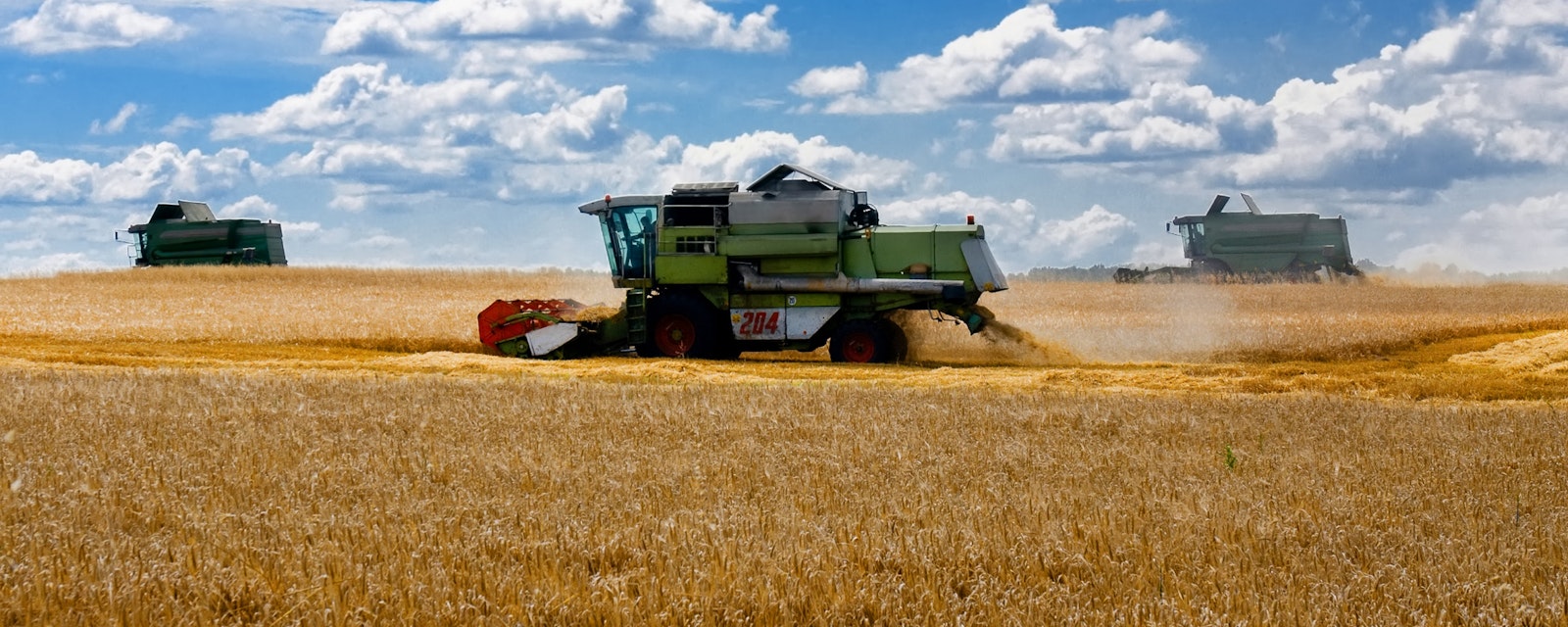Disruptions to grain and oilseeds exports from the Ukraine war are exacerbating pre-existing shortages and food inflation resulting from the pandemic, higher energy and shipping costs, and climate events. Reductions in fertilizer exports from Russia and Belarus due to sanctions are further driving up prices and threatening crop yields. The most vulnerable to food inflation are the emerging and frontier markets that are most dependent on Russian and Ukrainian grain imports, some of which are already grappling with economic hardships and conflict; the added strain will test political and social stability.
The Ukraine war is compounding an already dire situation in global food markets. Even pre-war, global food markets were struggling to mitigate rapid price increases resulting from a confluence of factors including the pandemic, higher energy and shipping costs, and climate events that have decimated crop yields in certain countries this year. Russia’s invasion of Ukraine is exacerbating the situation as Ukrainian farmers are abandoning their fields at the start of sowing season to fight, some exports are being diverted to the domestic market in both countries, and sanctions and conflict are significantly reducing Black Sea exports. Among the countries most dependent on these supplies are emerging and frontier markets, some of which are facing dual challenges of economic hardship and conflict. The deteriorating situation in global food markets will test their political and social stability.
Together, Russia and Ukraine account for nearly a third of international wheat sales, in addition to being among the largest exporters of corn, barley, sunflower oil, and other staples, and in Russia’s case, fertilizer. The conflict comes at a time when a range of supply and demand factors have already added significant, additional strain on global grain markets and food prices.
Chart 1 - Ukraine and Russia: Share of Global Grains and Oilseeds Exports (5-Year Average)

Source: International Grains Council
China, which is the world’s largest consumer of wheat, is grappling with a crop that is the “worst in history” due to heavy rainfall (losses are estimated at 20%), which will add to price hikes. China will be competing to buy up more stocks in an already constrained market where global stocks were already low before the war started. There are calls for other major global grain producers to help stopgap the added war deficit. Australia and India increased exports, but other large producers have been unable to quickly respond or are hampered by contractual commitments on this year’s supply, higher costs, and legal export limits. The International Grains Council expects additional exports from other countries to only partially offset losses in Black Sea shipments over the remainder of this season. A rush to build stocks could exacerbate higher prices, driving further demand rationing; meanwhile, the outlook for the 2022-2023 season is still unclear.
Compounding this situation is the fact that western sanctions are causing severe disruptions in fertilizer exports out of Russia and Belarus. Russia is the world’s largest fertilizer producer and combined the two countries account for over 40% of global potash exports. Fertilizer prices have skyrocketed in response, forcing a reduction in global availability and use, and threatening crop yields. Elsewhere, fertilizer producers, including in Europe, have had to reduce or halt production due to high energy prices, and the combined effect has been a near tripling of prices in some cases. Growers are responding by using less fertilizer, switching crops, or cultivating less acreage, all of which will impact crop yields over the coming year and quite possibly beyond, depending on the war trajectory and lingering sanctions impacts. This will also affect composition of animal feed, which can impact animal size and meat prices in turn.
Lower yields and higher prices will be most immediately and markedly damaging in countries most dependent on Russian and Ukrainian wheat supply. Among their largest and most dependent buyers are developing and frontier markets in Africa, the Middle East, and Asia, where political systems are being tested by the pandemic, high energy prices, and conflict in some cases, and consumers have far less discretionary spending to compensate for food inflation. Rising food prices historically have been a catalyst for social and political unrest in these regions. With global wheat inventories well below average, and prices at unsustainable highs, the risk of famine, unrest, and wider conflict is rapidly increasing.
In some instances, food inflation and insecurity could exacerbate already poor economic conditions and threaten social and political unrest. In others, further subsidization of food could add a further drag to slow post-pandemic recovery and strain budgets. Longer-term, persisting conditions are likely to reshape global food production and trade patterns.




